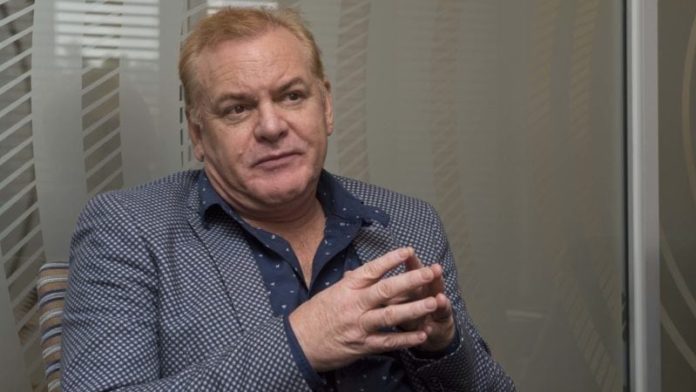
GOLD Fields was open to a deal on its South Deep mine, said Bloomberg News citing the comments of the group’s CEO, Nick Holland.
“We are open, we are not closed to ideas to release value on the asset. But I think we have got to do it from a stronger base,” Holland told the newswire.
Gold Fields derives about 90% of its gold production from outside South Africa in places such as Ghana and Australia. South Deep, situated west of Johannesburg, is the company’s last South African mine.
Holland was commenting after Gold Fields’ third quarter results in which South Deep generated its second successive quarter of positive cash generation. The mine, which has repeatedly failed to deliver on operational targets, is tracking for 200,000 ounces in gold production this year – higher than its guided level of 193,000 oz.
“There is still much work to be done and one swallow doesn’t make a summer,” said Holland. “To get people to believe it can work we have to show good performance over a long period of time.”
In August last year, Gold Fields unveiled a major restructuring at the mine affecting just over 1,000 jobs after it suffered a cash outflow of about R750m year-to-date. The National Union of Mineworkers subsequently called a strike which saw a further R120m cash outflow before the union accepted the downsizing. All in all, South Deep has cost Gold Fields about R35bn, including the cost of acquisition from Barrick Gold in the Nineties.
Said Holland: “It’s an issue that one keeps on evaluating but one thing to remember is that it’s not so much as where you are listed, it’s about the underlying performance of the assets that matter, If assets perform well, you make good cash and shares get rerated”.
Gold Fields reported a 2% decline in attributable gold production quarter-on-quarter to 523,000 oz owing to lower grades at its Ghana mines, and Cerro Corona, a mine in Peru, and a circuit lock-up at two of the firm’s Australian mines.
Lower production resulted in a 4% increase in all-in sustaining costs (AISC) of $947/oz based on the new interpretation of the metric. Gold Fields reduced net debt $97m which was $1.4bn as of quarter-end. Gold Fields benefited from having sold shares in Gold Road and Hummingbird Resources, but there were also outflows for the interim dividend announced mid-year and $10m paid to Asanko Gold, the Canadian miner with which it is in joint venture in Ghana.
Other remarkable features of the third quarter is that Gold Fields had embarked on a process to potentially attract a partner to its Salares Norte venture, an $834m project set in Chile. It is also considering additional hedging in order “to underwrite the payback for the project”, adding however that additional group-wide hedging was not anticipated.








